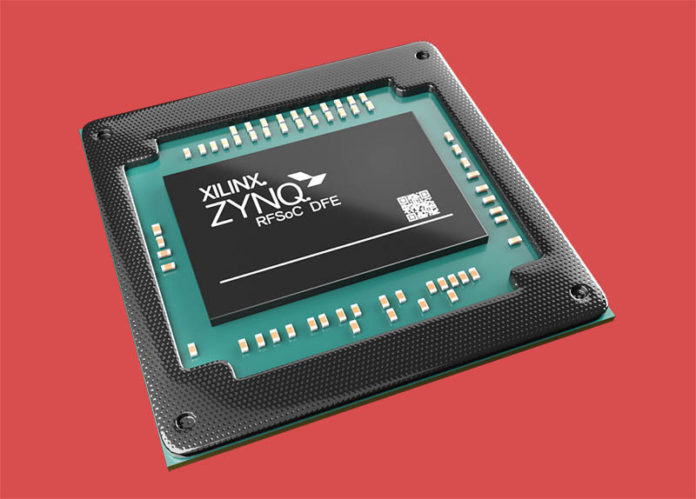AMD Xilinx has a major win on its hands, and it tells us a lot about the company’s strategy in the future. The company is announcing a deal with Meta to provide chips that will power Meta’s infrastructure build-out. This is a big win for AMD.
AMD Xilinx Zynq RFSoC Nabs Meta 5G O-RAN Win
AMD-Xilinx and Meta announced that they are using a Xilinx RFSoC for building out an O-RAN 5G solution for Meta. Meta is currently engaged in finding ways to bring more users online that do not currently have connectivity as a way to grow its userbase.
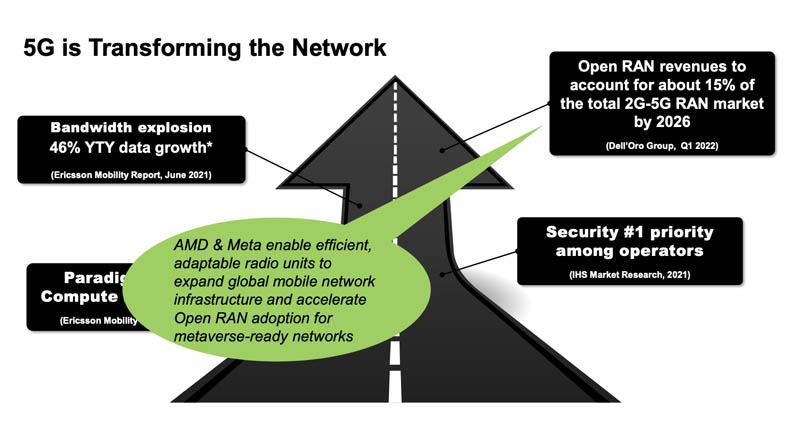
Xilinx has a number of products for 5G, and with the acquisition closing AMD now has a much stronger 5G portfolio than it did a few months ago. One of those products is the AMD Zync RFSoC.
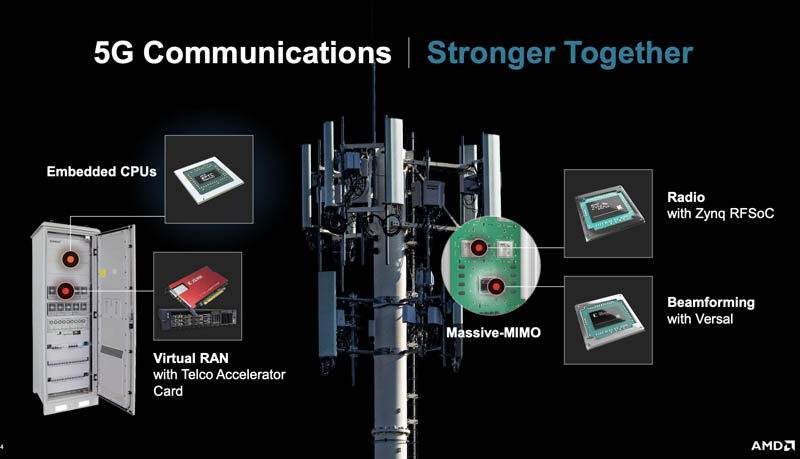
The AMD RFSoC DFE supports a number of bands and 4G/5G on the same radio helping to lower the cost of deployments. That is important for Meta trying to get coverage to parts of the world without coverage today.
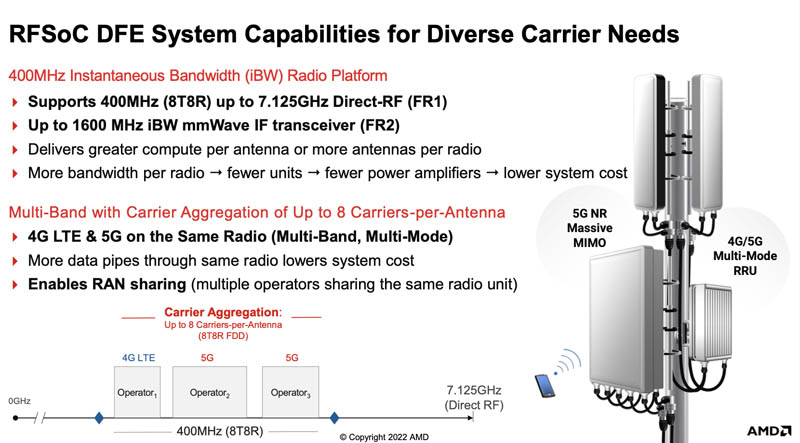
The new unit has a hardened radio subsystem bringing more hardened logic to the SoC that also features Arm cores and programmable logic. While these diagrams are usually not to scale, look at just how prominently the RF and other functionalities are featured compared to the programmable logic. Xilinx has been pushing against calling its parts simply FPGAs and this is one example. On STH we have been doing a lot with accelerated computing. This is a good example of AMD embracing accelerators for the 5G edge market.
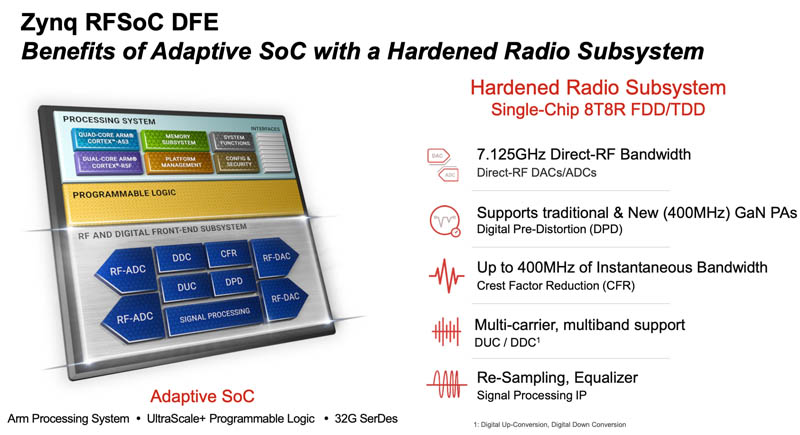
The Meta Evenstar project is based on an open radio access network or O-RAN foundation to help lower the cost of bringing connectivity to more users via wireless network build-outs.
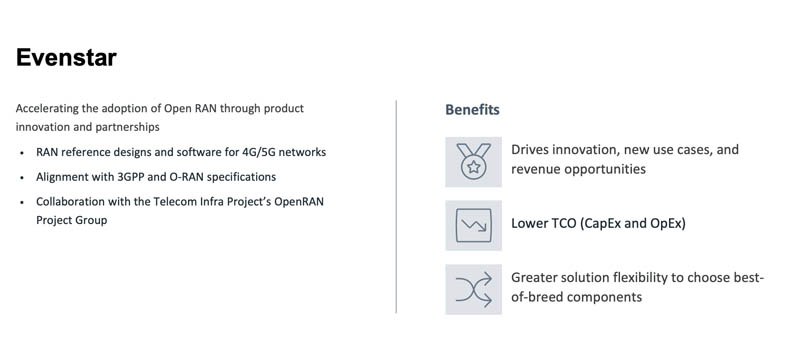
Meta is another company joining to O-RAN bandwagon that is currently changing the regime in wireless operator stacks.
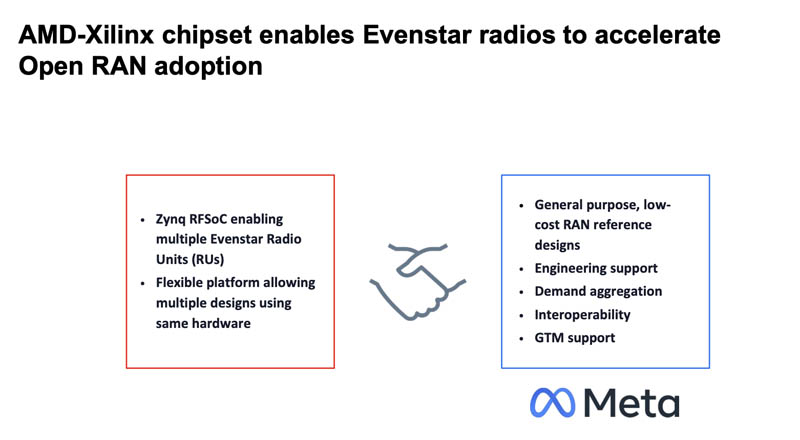
This is a solid win for AMD thanks to its new Xilinx team.
Final Words
While the technology is interesting, the bigger implication is what this represents. AMD is now selling a specialized Arm and programmable logic SoC with specialized I/O. This embedded part is not using x86. It is also notching a win at Meta, a historically Intel-heavy organization. The interesting part from a broader perspective is that AMD is using Xilinx to expand footprint in Meta, even though this is not in the data center and Meta is not currently a huge carrier (AMD-Xilinx has those as well.)

